A China military publication says the Starlink internet service may be used by the US to bring “chaos or calamity’’ to the world.
Category: space – Page 523
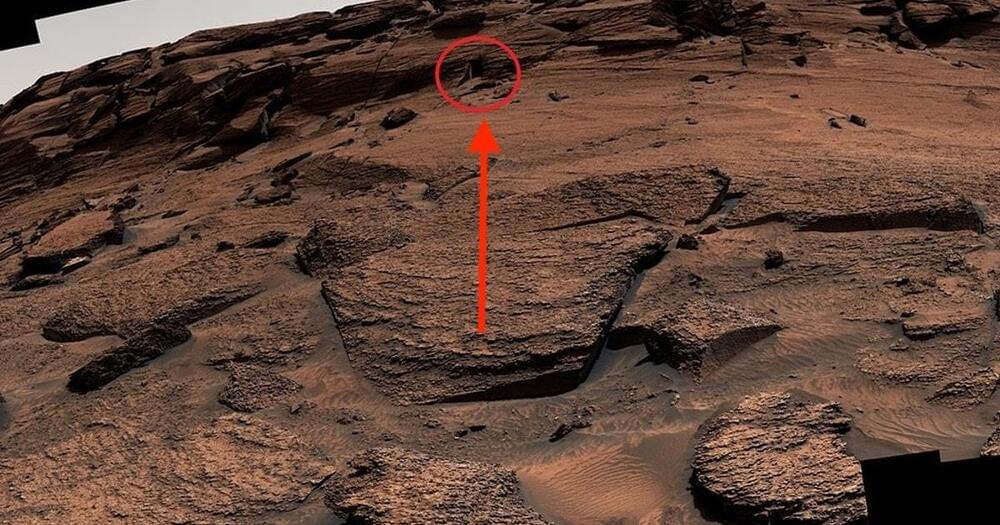
“Door” on Mars? A planetary scientist explains what you really see
For all the fuss it caused, it is only about a foot high.
The “door” was imaged by NASA’s Curiosity rover on May 7 on the slopes of Mount Sharp, the central massif within Gale crater, where it landed in 2012. Described on one website as a “pharaonic tomb door” because of its resemblance to some ancient Egyptian remains, it is, in fact, only about one foot high.
It is hard to spot on the panoramic image mosaic of the hillside above, but it leaps out at the eye if you see the individual frame where it occurs, as seen below. It does look like a doorway until you realize how small it is. And if you boost the contrast in the dark parts of the image, the picture just about reveals a solid rock face at the back of the shadowed interior. So as a gateway into the hollow hills of Mars, it doesn’t lead very far.
Nobody with even a little geological experience is likely to mistake the feature as a “door.” A geologist would note the thin and slightly sloping repeated layers of sandstone making up the whole of the rock face and would immediately expect that they were looking at the eroded remains of hardened sand dunes. These once covered the stream and lake sediments that Curiosity examined earlier in its gradual climb up through the layers of sedimentary rock making up Mount Sharp.

A new cosmic dawn: The Webb Telescope’s first color images are arriving soon
“We’re just human, and we cannot predict what the universe is going to tell us.”
It’s the moment we have all been waiting for: The James Webb Space Telescope will make its first scientific observations of the universe in the coming weeks. The first full-color images will drop on July 12, 2022, along with spectroscopic data.
This is the crescendo moment in a scientific symphony that has been tuning up for the last two decades.
What the images will show is somewhat a mystery —so Inverse spoke to Klaus Pontoppidan, Project Scientist with the Webb Mission Office at the Space Telescope Science Institute and Technical PI for Webb’s Early Release Observations, to try and glean some clues to what they will reveal.
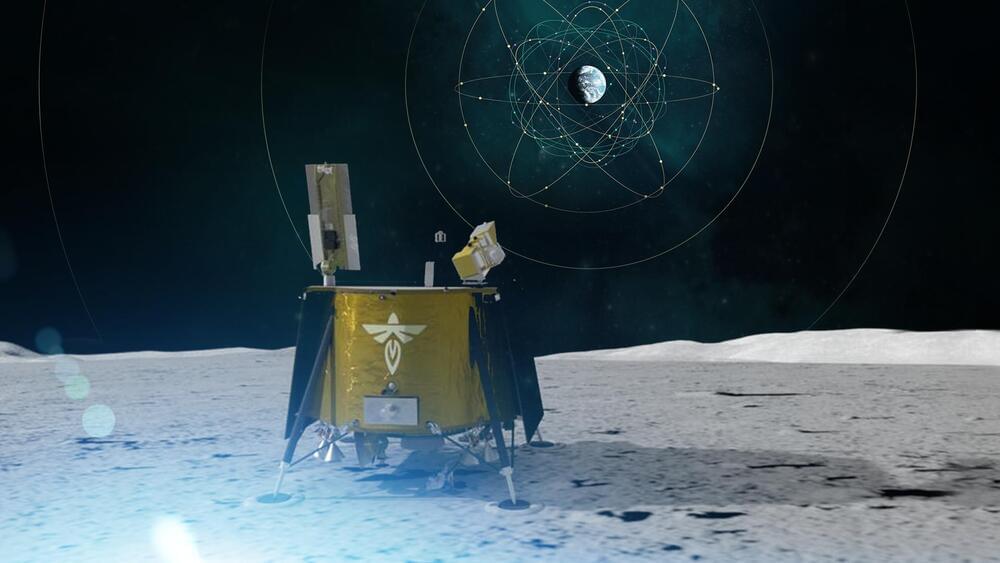
Angela Sheffield — AI For Defense Nuclear Nonproliferation — National Nuclear Security Admin (NNSA)
AI For Defense Nuclear Nonproliferation — Angela Sheffield, Senior Program Manager, National Nuclear Security Administration, U.S. Department of Energy.
Angela Sheffield is a graduate student and Space Industry fellow at the National Defense University’s Eisenhower School. She is on detail from the National Nuclear Security Administration (NNSA), where she serves as the Senior Program Manager for AI for Defense Nuclear Nonproliferation Research and Development.
The National Nuclear Security Administration (https://www.energy.gov/nnsa/national-nuclear-security-administration), a United States federal agency, part of the U.S. Dept of Energy and it’s Office of Defense Nuclear Non-Proliferation, responsible for safeguarding national security through the military application of nuclear science.
NNSA maintains and enhances the safety, security, and effectiveness of the U.S. nuclear weapons stockpile; works to reduce the global danger from weapons of mass destruction; provides the United States Navy with safe and effective nuclear propulsion; and responds to nuclear and radiological emergencies in the United States and abroad.
In this position, Ms. Sheffield directs efforts leveraging artificial intelligence, advanced mathematics and statistics, and research computing technologies to develop capabilities to detect nuclear weapons development and characterize foreign nuclear programs around the world.
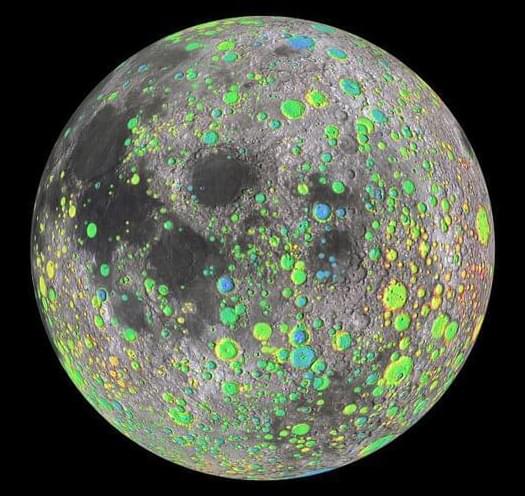
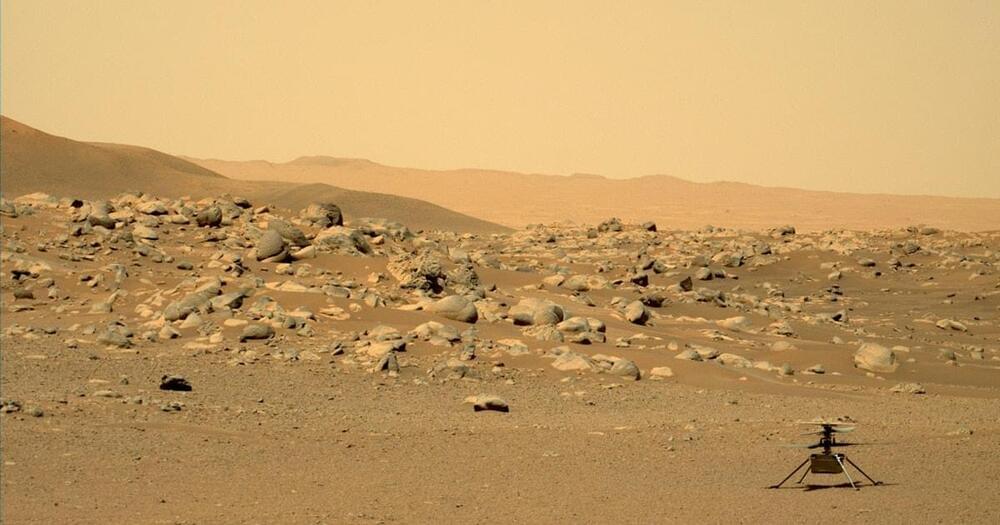
Could We All Be Martians?
Could Life on Earth Have a Martian Origin? — Reevaluating Panspermia. For more info, see:
Revisiting Panspermia: did life come from outside of Earth?
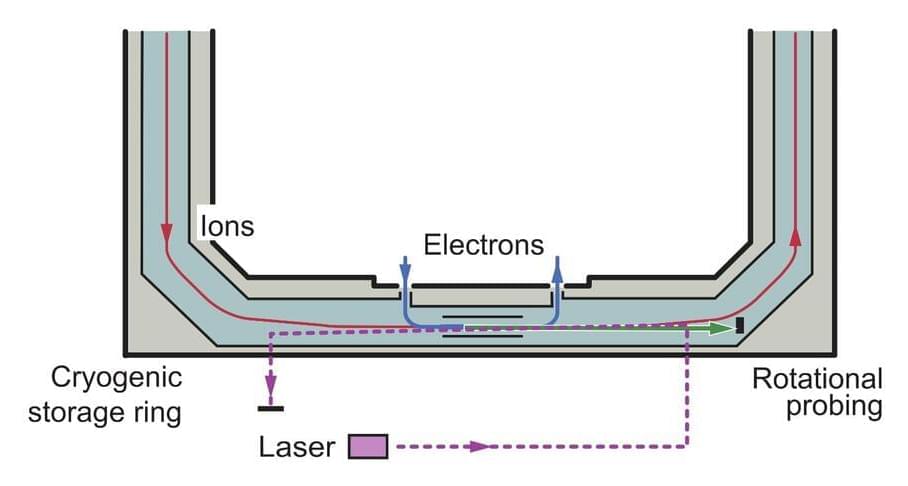
Using laser technology to measure the rotational cooling of molecular ions colliding with electrons
When it is free in cold space, a molecule will spontaneously cool down by slowing its rotation and losing rotational energy in quantum transitions. Physicists have shown that this rotational cooling process can be accelerated, slowed down and even inverted by the molecule’s collisions with surrounding particles.
Researchers at the Max-Planck Institute for Nuclear Physics in Germany and the Columbia Astrophysics Laboratory have recently carried out an experiment aimed at measuring the rate of quantum transitions caused by collisions between molecules and electrons. Their findings, published in Physical Review Letters, offer the first experimental evidence of this rate, which had previously only been theoretically estimated.
“When electrons and molecular ions are present in tenuous, ionized gases, the lowest quantum level populations of the molecules can be changed in a collision process,” Ábel Kálosi, one of the researchers who carried out the study, told Phys.org. “One example of this process is in interstellar clouds, where observations reveal molecules predominantly in their lowest quantum states. The attractive force between the negatively charged electrons and the positively charged molecular ions makes the process of electronic collisions particularly efficient.”